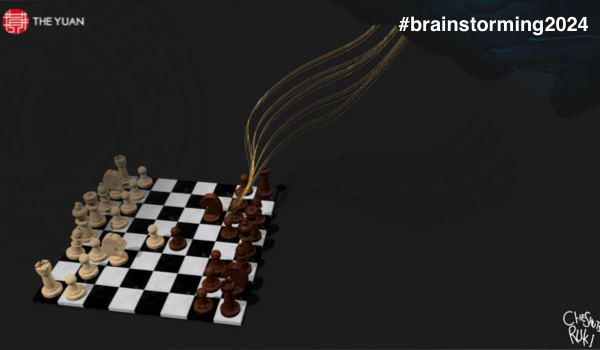


CALIFORNIA - I am often asked to consult on the value, utility, viability, and ultimately the financial and clinical success of virtual care platforms. Throughout the course of my career, I have evaluated hundreds of these platforms and assessed the impact of technology on healthcare management across a variety of populations (e.g., Medicaid, Medicare, commercial, managed care, accountable care organization (ACO), dual and special needs plans).
Healthcare organizations that manage sub-population of patients with certain chronic diseases, ACOs and even full-risk organizations (which manage both inpatient and outpatient risk) are usually tasked with selecting a virtual care platform. These platforms allow clinicians and paraprofessionals to manage their patient population - electronically. In fact, these virtual platforms have become so popular that most new healthcare companies cannot successfully compete on the healthcare market without having at least one as part of their offering.
These platforms are usually labeled as ‘proprietary’ to investors and clients - who tend to be healthcare organizations such as independent physician associations, hospitals, clinics, or integrated delivery systems - and more often than not the success of the company is attributed to such a platform. Nevertheless, it is worth taking a closer look inside these platforms - what really constitutes the value of these platforms, and are they truly something worth investing millions in?
There are four primary types of platforms that I encounter the most often, and each one has a different value proposition. The first platform is simply a connection platform, which is more formally known as a clinical communication platform - this type of virtual care system allows for easier communication between clinical and non-clinical parties on a care team. It is a way to assign care manager nurses with task items that the patient needs, record calls so that ot
The content herein is subject to copyright by The Yuan. All rights reserved. The content of the services is owned or licensed to The Yuan. Such content from The Yuan may be shared and reprinted but must clearly identify The Yuan as its original source. Content from a third-party copyright holder identified in the copyright notice contained in such third party’s content appearing in The Yuan must likewise be clearly labeled as such. Continue with Linkedin
Continue with Linkedin
 Continue with Google
Continue with Google











 870 views
870 views






